(NLDO) - "God's Eye" James Webb has just captured a collision that created dust 100,000 times larger than what the asteroid that killed the dinosaurs caused.
According to Live Science , the fierce images that the world's most powerful space telescope, James Webb, has just recorded are due to two giant asteroids plunging into the young star system Beta Pictoris, located 63 light years away in the constellation Pictor.
The collision released 100,000 times more dust than the Chicxulub asteroid that killed the dinosaurs on Earth 66 million years ago.
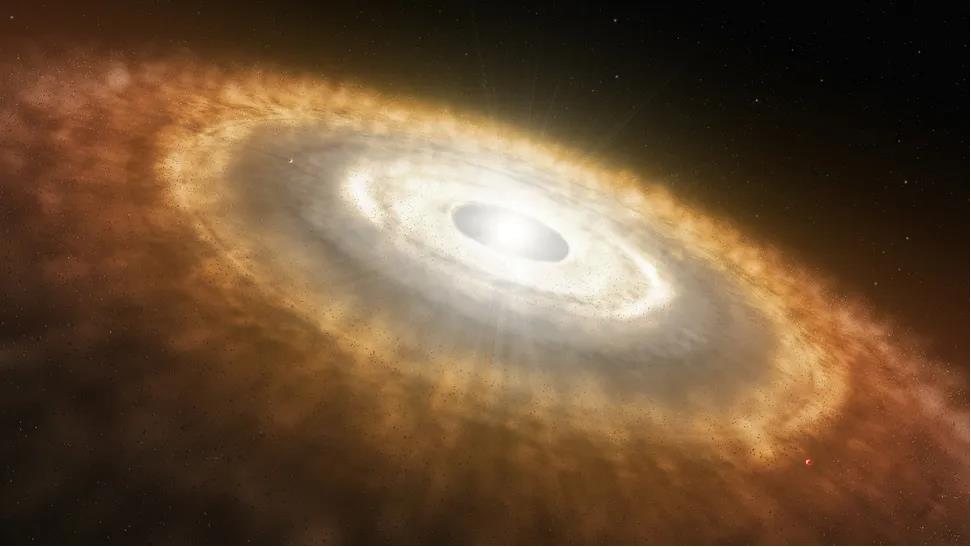
A young star surrounded by a protoplanetary disk, with the first planets beginning to form in the disk - Graphic: ESO
Before James Webb, another telescope, NASA's Spitzer, took images of the same area 20 years ago.
As a result, a team from Johns Hopkins University noticed huge clumps of silicate dust that were not visible in Spitzer images. This confirmed the recent collision, right in front of Earth's eyes, although too far away to see with the naked eye.
Beta Pictoris is only 20 million years old, very young compared to our 4.5 billion-year-old "middle-aged" solar system.
So inside this star system there is still a protoplanetary disk, which is a large, dense disk of gas and dust. There are two giant gas planets forming inside it.
Scientists believe that this star system continued to form rocky planets in the inner part, just as Earth and the surrounding rocky planets formed later than Jupiter in the early Solar System.
That means this giant star system is an inadvertent model of the Solar System's past, when young planets could have faced more violent cosmic impacts.
Therefore, this discovery is also an opportunity for humanity to understand how valuable early collisions are in shaping star systems and the formation and evolution of planets within them.
Source: https://nld.com.vn/he-hanh-tinh-khac-hung-tan-the-truoc-mat-nguoi-trai-dat-196240612101007479.htm



![[Photo] The ceremonial artillery is ready to "fire" for the second parade rehearsal at My Dinh National Stadium.](https://vstatic.vietnam.vn/vietnam/resource/IMAGE/2025/8/24/883ec3bbdf6d4fba83aee5c950955c7c)

![[Photo] Party and State leaders meet with representatives of all walks of life](https://vstatic.vietnam.vn/vietnam/resource/IMAGE/2025/8/24/66adc175d6ec402d90093f0a6764225b)

![[Photo] Phu Quoc: Propagating IUU prevention and control to the people](https://vstatic.vietnam.vn/vietnam/resource/IMAGE/2025/8/24/f32e51cca8bf4ebc9899accf59353d90)
![[Photo] Impressive image of 31 planes taking flight in the sky of Hanoi during their first joint training](https://vstatic.vietnam.vn/vietnam/resource/IMAGE/2025/8/24/2f52b7105aa4469e9bdad9c60008c2a0)
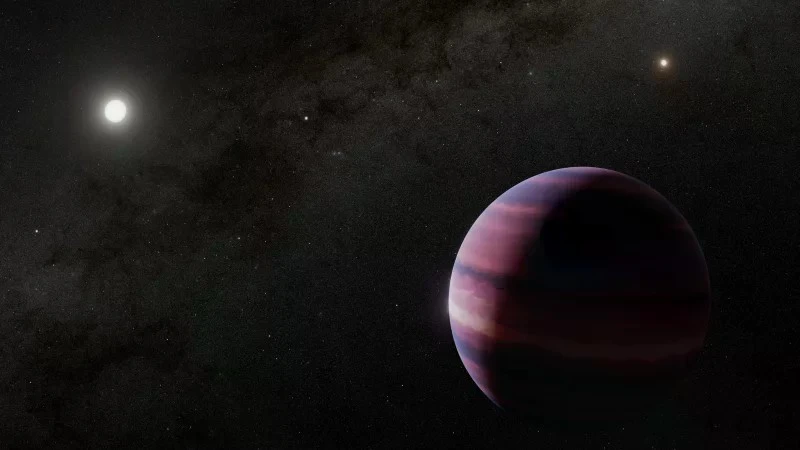

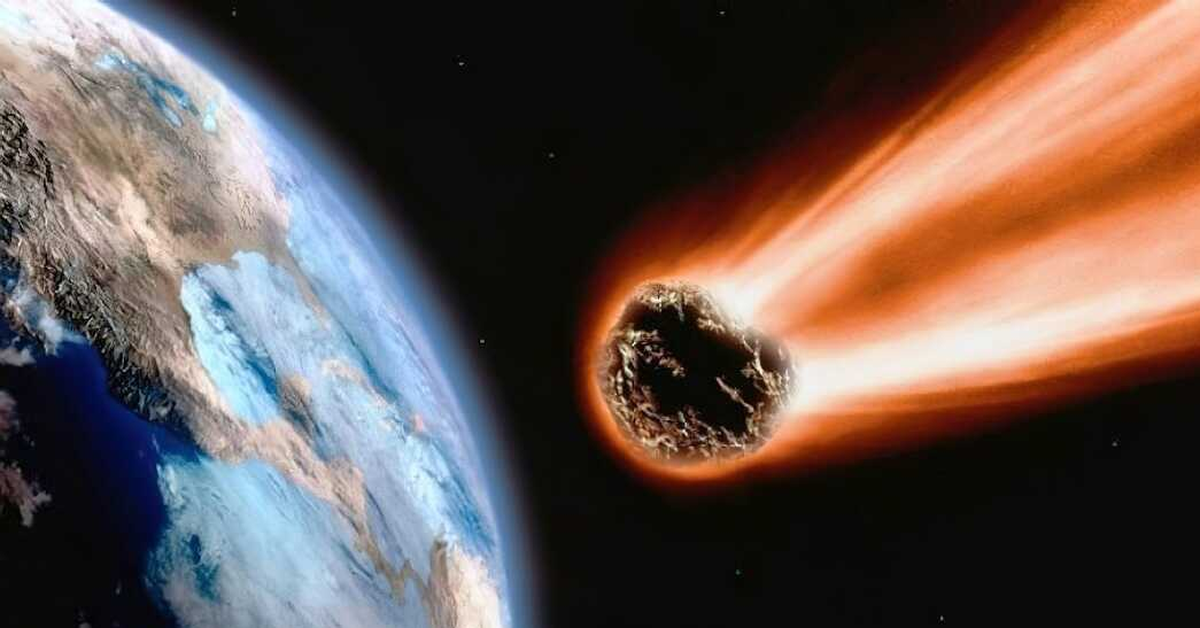

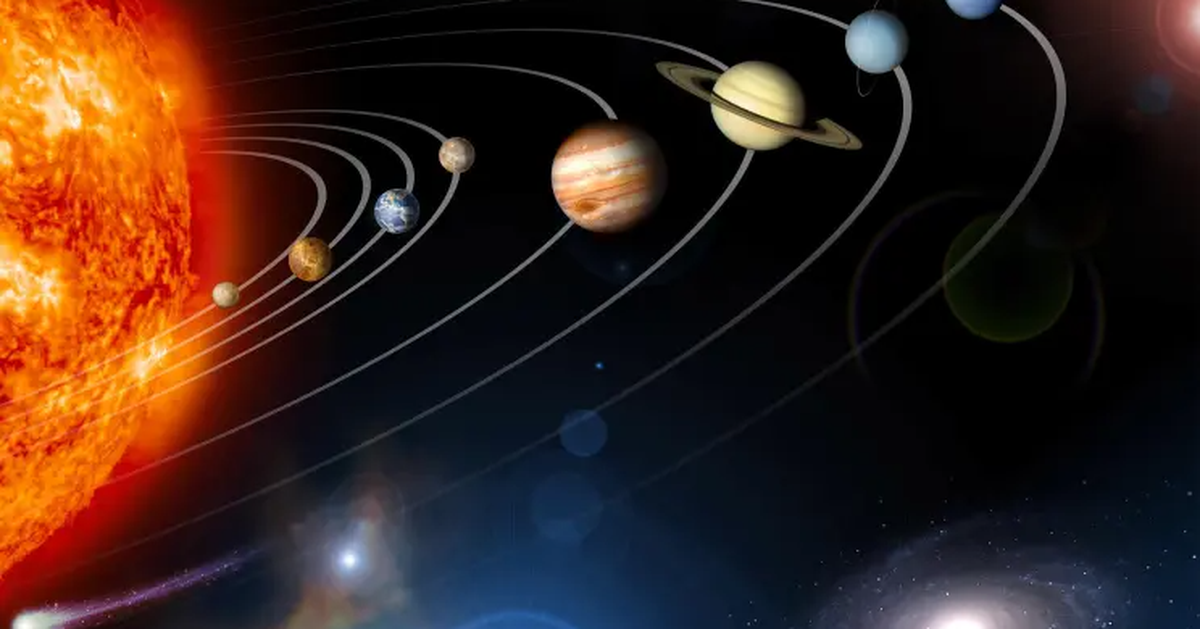
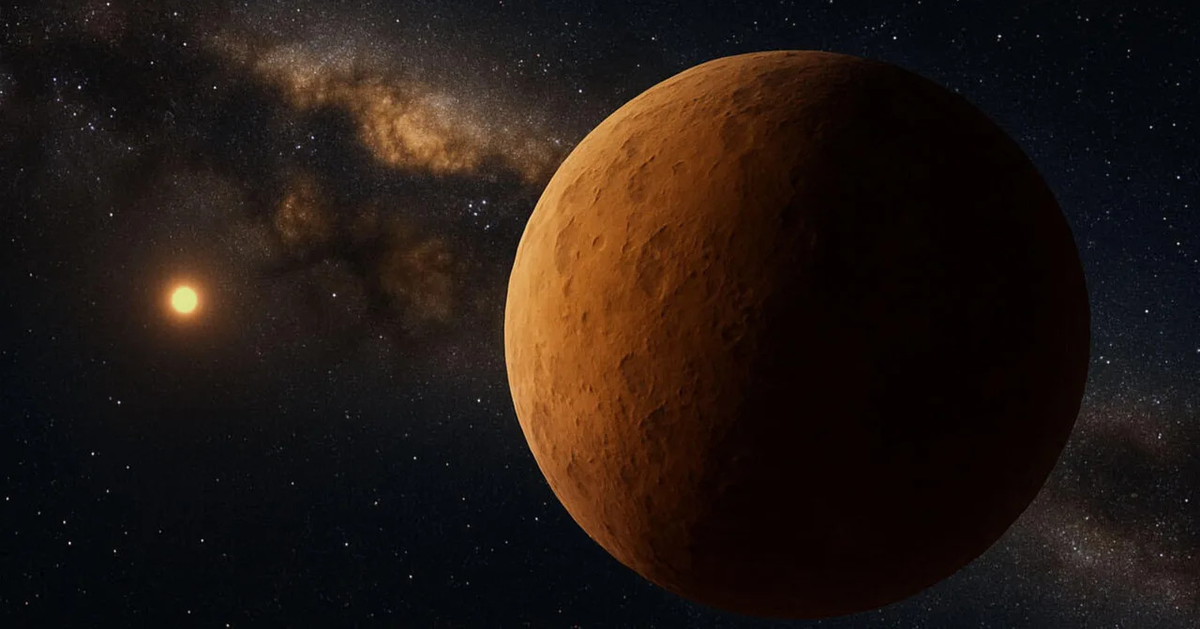
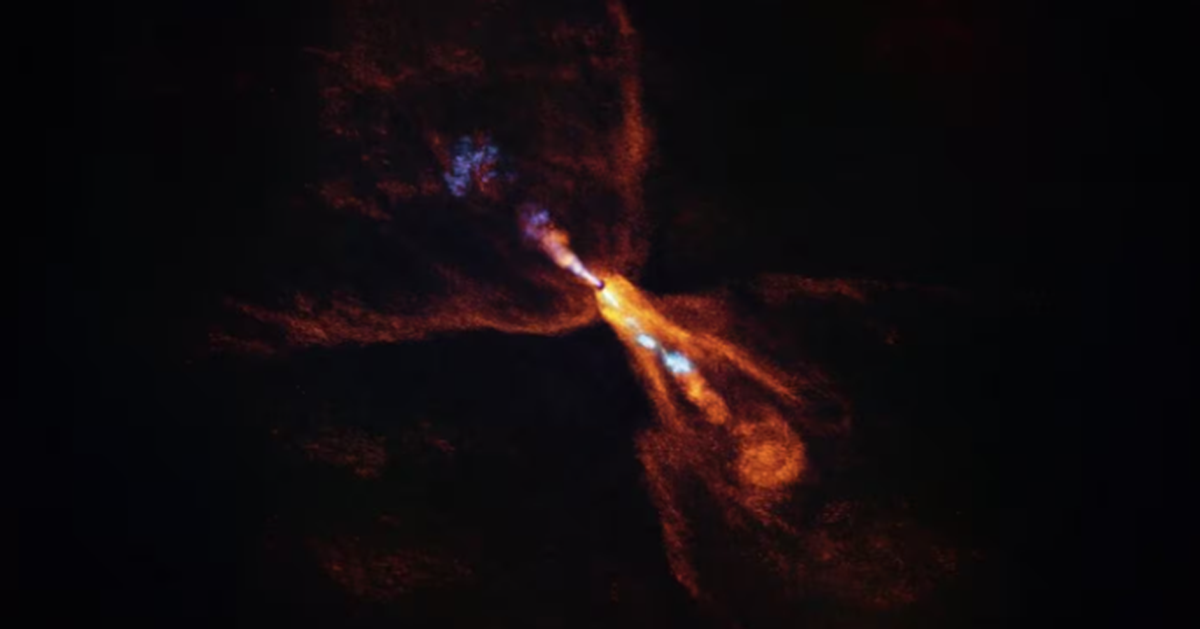

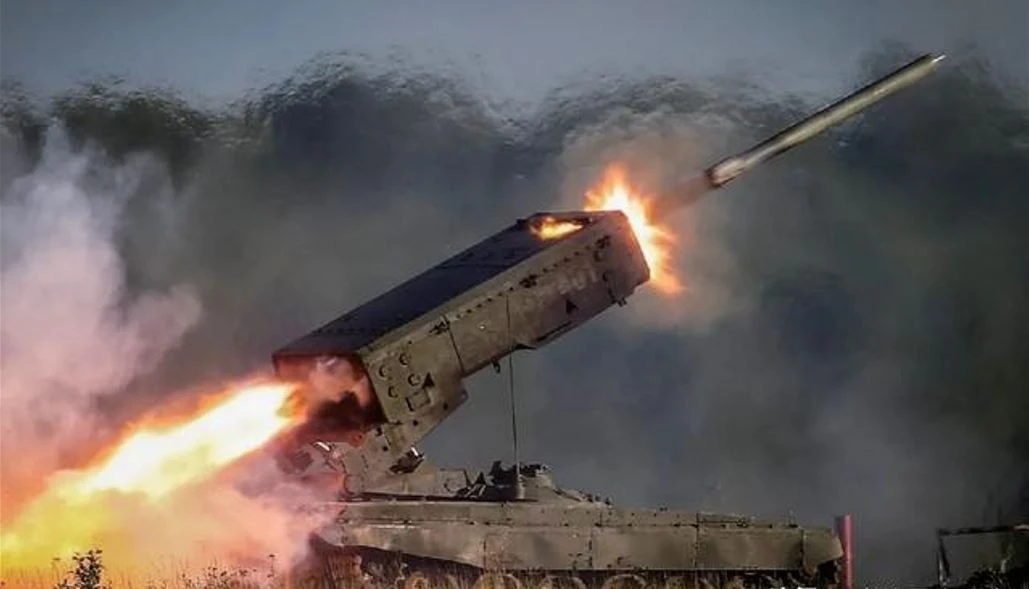

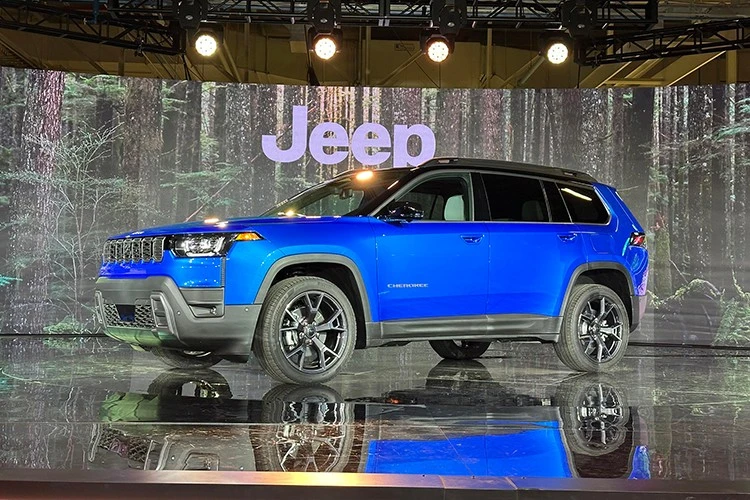
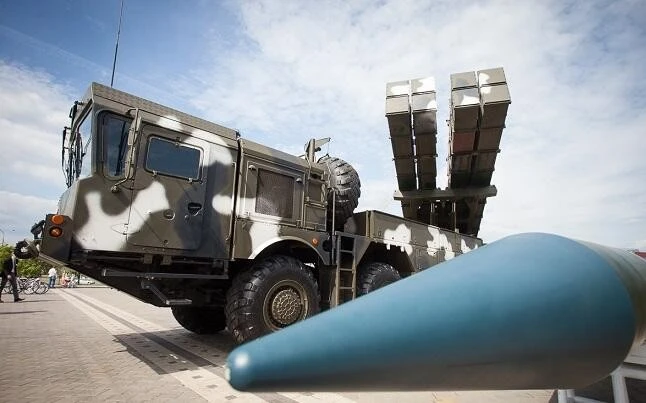

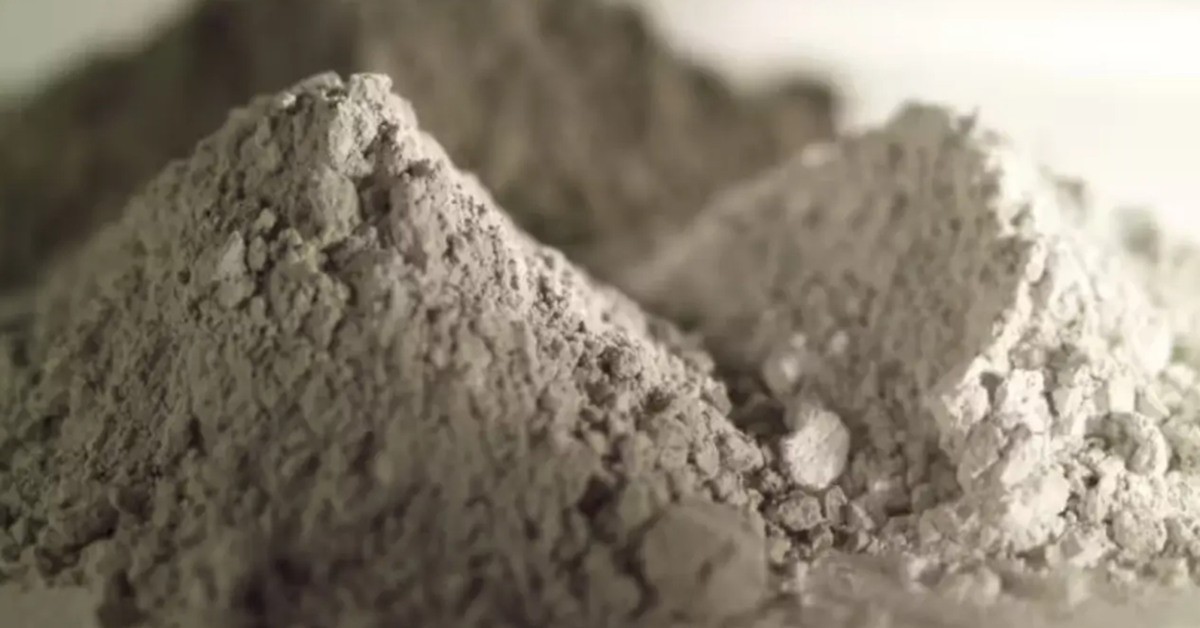
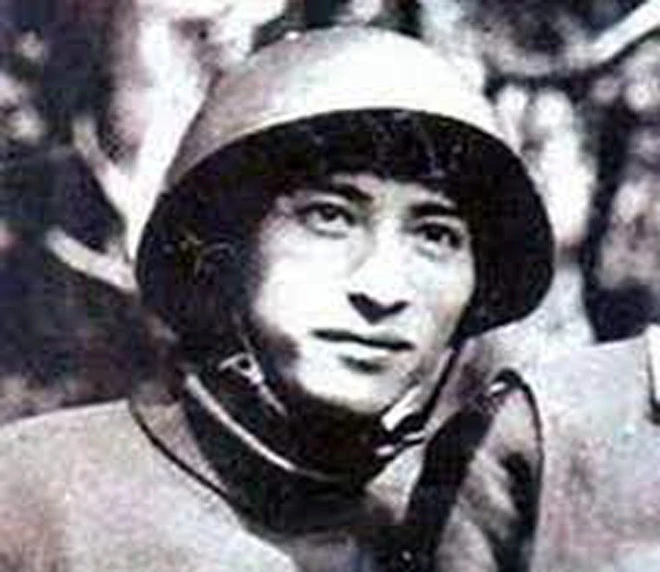









































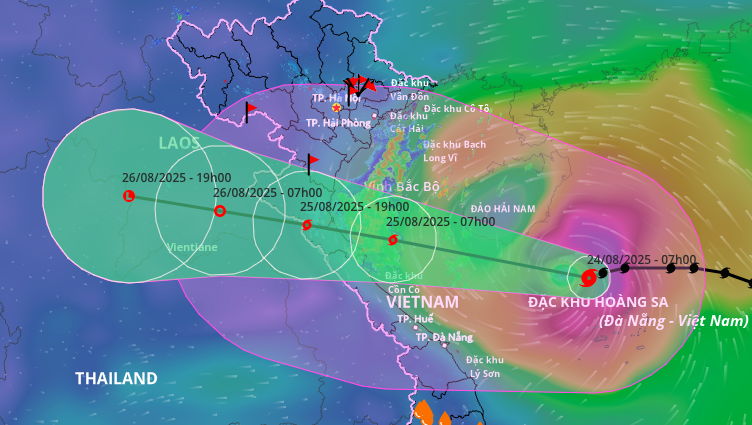












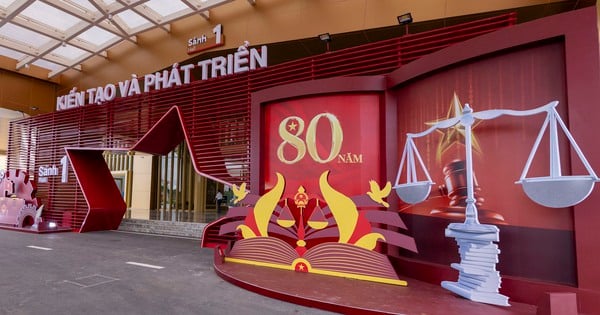






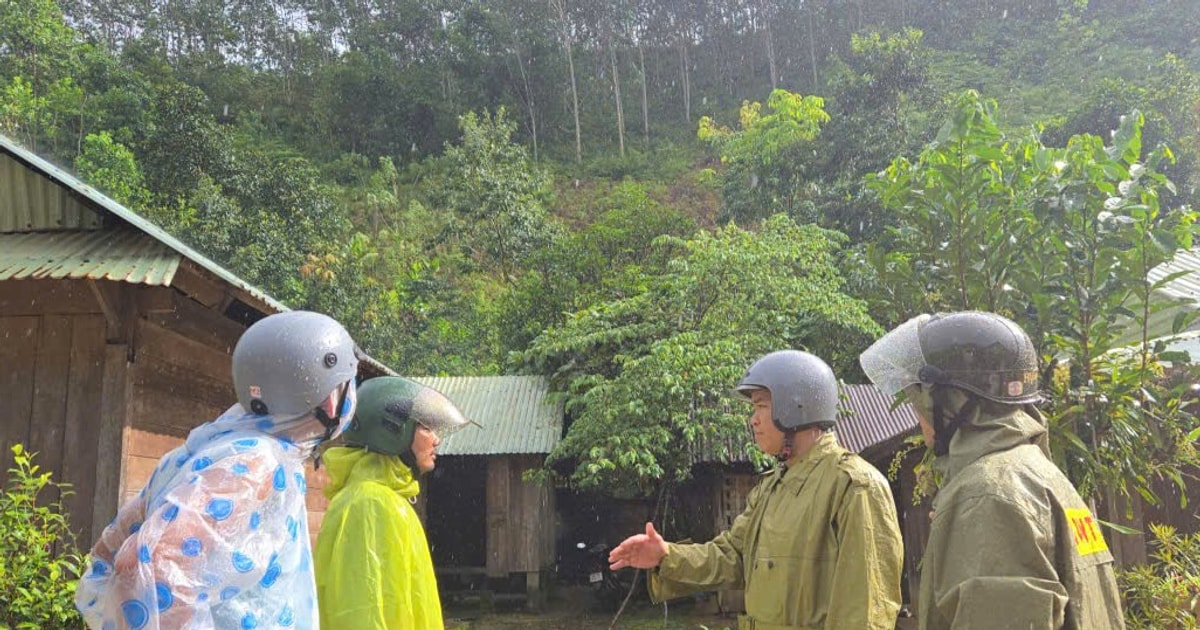

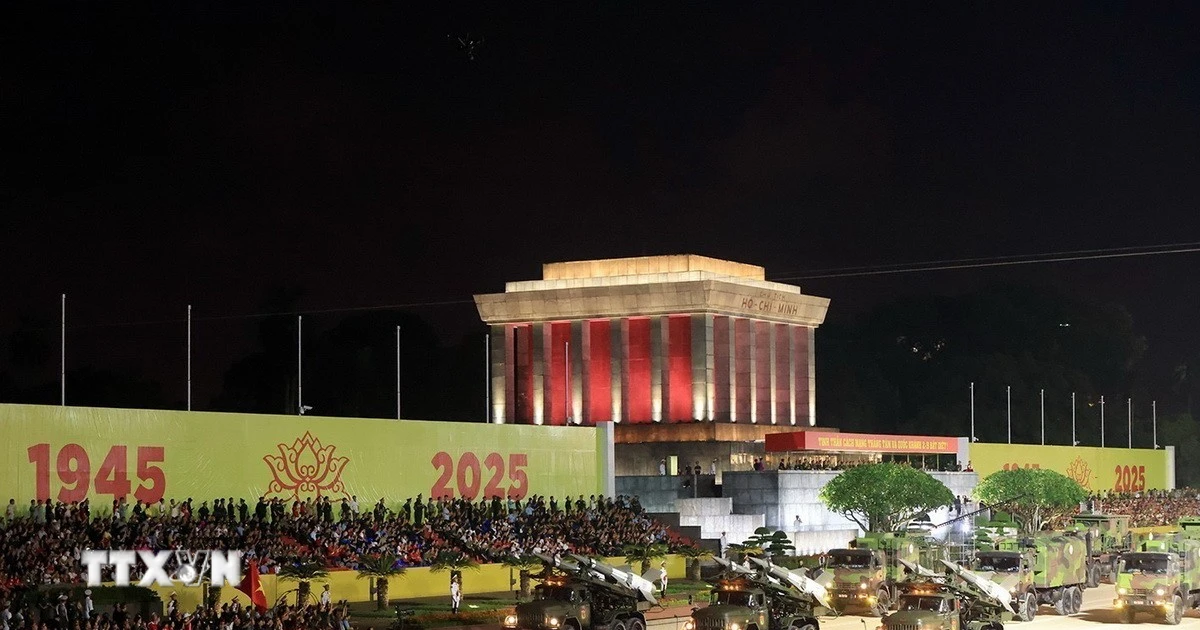

















Comment (0)